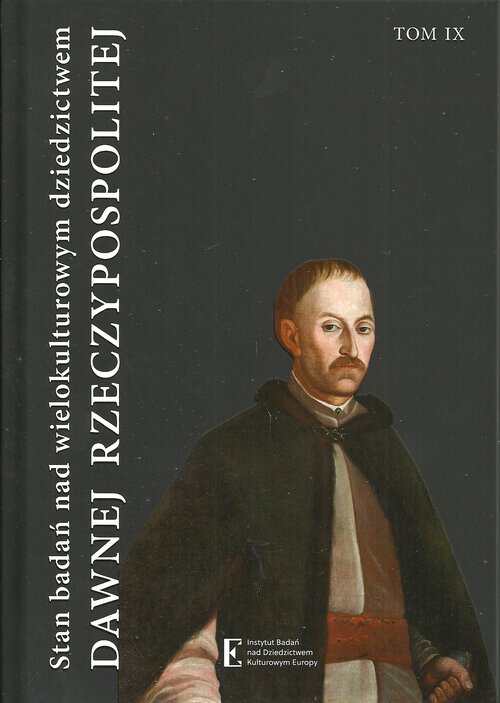RELIKTY GALERII RODOWYCH POLSKICH W ZBIORACH MUZEUM NARODOWEGO W WARSZAWIE
The Rest of Polish Portrait Family Collections
in the National Museum in Warsaw
Author(s): Monika Ochnio
Subject(s): History
Published by: Instytut Badań nad Dziedzictwem Kulturowym Europy
Summary/Abstract: Many portrait family collections entered to the National Museum in Warsawafter the II w.w. confiscated from manors and palaces of noble class. Thisprocess was an effect of political changes after 1945, when Poland becamea socialist republic. The oldest were the portraits of Tęczyński family fromTęczyn and Lubomirski family from Wiśnicz (both dated to the beginning of17th c.). Later portraits in the museum collection c. belonged to the families:Radziwiłł from Nieśwież (now Belarus), Czapski family (from their Warsawpalace?) – dated to 1st half of 18th; Tarło, Zbirohowska-Kościa, original placeof preservation unknown-all dated to late 18th c.; Tarnowski (from Dzików?),Frąckiewicz-Radzimiński (original place of preservation is unknown), Tyszkiewiczfrom Łohojsk (now Belarus) – dated to from turn of 18/19th c.; Broel-Platerfrom Szweksznie (now Lithuania) – dated to the half of 18th c.; Krasiński fromRadziejowice (painted in 1852) and Giniatowicz-Piłsudski (from Lithuania?) –dated to the 1st half of 20th c. Except the Tęczyński, part of the Lubomirski andthe Czapski family portrait collections which grew up over couple of centuries,the rest of the above mentioned were created as complete sets, representing thefamily from legendary ancestors to the actual members. The common characteristicof this kind of portrait galleries were same dimensions, compositionsof the paintings, as well inclusion of imaginary representations of people fromlegendary past. One can only speculate about the reasons for creation of suchimaginary portrait galleries perhaps they were prompted by the intention tounderline antiquity and nobility of a family. This purpose became more importantwhen Poland lost its independence in the end of 18th c. and Polish gentrywas obligated to prove its nobility in herald offices of Austrian, Russian andPrussian administration.
Book: Stan badań nad wielokulturowym dziedzictwem dawnej Rzeczypospolitej
- Page Range: 165-182
- Page Count: 18
- Publication Year: 2017
- Language: Polish
- Content File-PDF

